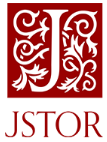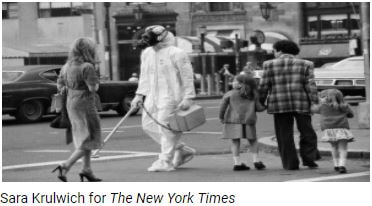 Throughout the year, Mrs. Mueller and I are often asked, “What database should I use for my research project?” Whether students are working on their I-Search project or just needing to find peer reviewed articles, JSTOR stands out as one of our favorite databases. Check out the six reasons why we recommend students use JSTOR.
0 Comments
As teachers continue to use digital sources for their curriculum, Hannah and I want to remind you to keep databases in mind. We think there is no better way to look for articles than to use the state database trial that’s going on now.
One of the constants in a teacher’s life is creating lessons and updating curriculum. As we continue this important work, you may be interested to learn about Open Educational Resources (OER).
"OER are teaching, learning, and research resources that reside in the public domain or have been released under an intellectual property license that permits their free use and re-purposing by others. Open educational resources include full courses, course materials, modules, textbooks, streaming videos, tests, software, and any other tools, materials, or techniques used to support access to knowledge." (Hewlett Foundation) Often when students are doing research projects we require different types of sources. Students can struggle with knowing how to differentiate these types of sources, or struggle when to use one type of source over another. That’s where Barb and I come to help!
Imagine this teaching scenario… A student is creating a presentation about his grandparents’ home country. He wants to insert music and video clips in the presentation. The teacher tells him it’s okay as long as he cites his source. Was the teacher right?
“How do you make sense of what you see when you look at an image, especially if that image comes with no caption, headline, links or other clues about its origins? What can constructing meaning from an image teach you?” – The New York Times
Have you tasked your students with finding reliable sources for a research project? In response, you may have students ask what is a reliable source or cite a questionable source in their research. Your students need guidance on what reliable internet sources are and how they can evaluate sources when you find them. Click “read more” to find out how the ILC can help you guide your students to reliable sources and teach them how to evaluate the sources they do find.
Don’t let the research stop now that we’re remote learning. Scrible is a powerful research tool that helps you and your students organize their research. To determine if this is a good research resource for next year, we are conducting a Scrible Edu for Educators trial through July 1st.
All of us continue to look for ways to increase reading and writing in our classrooms — specifically, the use of non-fiction, informational texts. To that end, we thought you’d be interested to learn more about The New York Times Replica Edition.
|
AuthorsBarbara Mason AboutThe ILC blog keeps Antioch students and staff up to date with news and events related to reading, research, technology, and more.
Categories
All
Archives
January 2024
Ideas?Contact me at [email protected] with topic suggestions or to contribute your own post to the ILC blog.
|


 RSS Feed
RSS Feed
